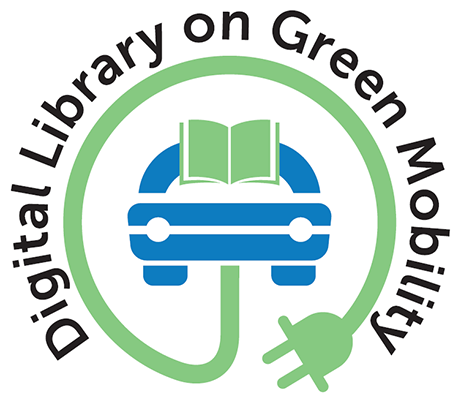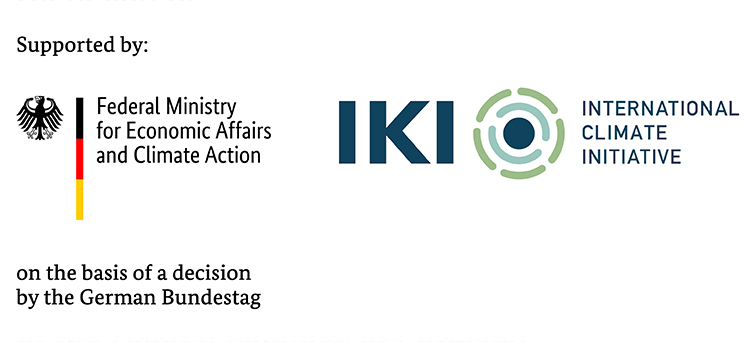Decarbonising Transport: What Does It Mean for India
Publication Year: 2023
Author(s): Roychowdhury A
Abstract:
India’s net-zero goal by 2070 and the promise of reducing carbon intensity of its economy to less than 45 per cent by 2030 sets new terms of growth for the country’s transportation sector. This, combined with India’s signing of the declaration on 100 per cent transition to zero-emission vehicles by 2030–40 at the 26th Conference of Parties in Glasgow—with special focus on two- and three- wheelers—foreshadows more disruptive and transformative changes in the sector. This report discusses the challenges in reducing transport emissions that has remained one of the toughest battles locally as well as globally and is turning out to be a “hard to abate” sector. Regions around the world, including India, are failing to build solutions to scale. These solutions are expected to be a complex web of vehicle technology, low-carbon fuels, transportation and mobility strategies, city design and commuting behaviour, and long-range transportation solutions for both freight and passenger segments that include roadways, aviation, railways and waterways. Each of these segments requires scaled-up interventions for the big solution.
Country: India
Publisher/Organisation: Centre for Science and Environment
URL:
https://www.cseindia.org/content/downloadreports/11683
Theme: Sustainable transportation | Subtheme: Environment Impact
Related Documents
Journals
Sustainability
Published Year: 2009
Abstract:
Sustainability is an international, cross-disciplinary, scholarly, peer-reviewed and open acce... Read More
Journals
Transportation Research Part A
Published Year: 1992
Abstract:
Transportation Research Part A: Policy and Practice considers papers dealing with policy... Read More
Reports
Transport, Climate Action and Sustainable Development
Published Year: 2018
Abstract:
This report, the result of the second phase of IsDB and SLoCaT collaboration, emphasises that... Read More



